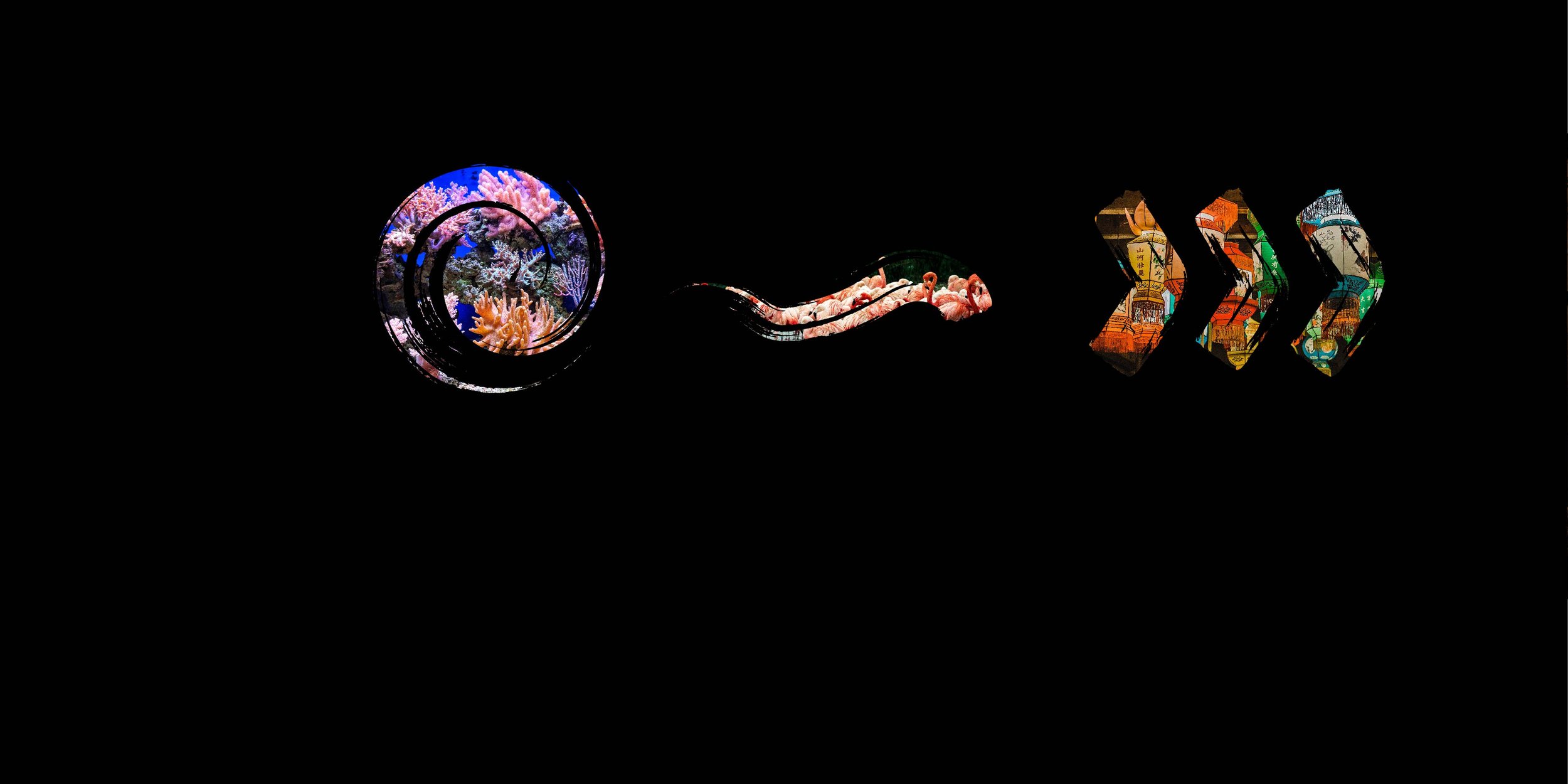
HERITAGEarchive
Search for specific words:
-
 11/28/21
11/28/21EDUCATION AND NEW GOVERNANCE OF HERITAGE: SUSTAINABLE DEVELOPMENT OF COMMUNITIES AND TERRITORIES
TOPIC
From 1972 until today the world has changed profoundly with climate change, and civil society increasingly empowered and connected through social networks. New decentralized and democratic models of governance have enabled wider distribution of natural and cultural heritage on the UNESCO World Heritage list. While these globally exceptional sites have universal value, local and regional heritage is important as an essential for people and communities. This heritage links communities throughout the planet through places rich with identity and meaning.
To this heritage framework, we add the 17 UN Sustainable Development Goals and 169 targets as a central issue for public policy, personal action and adoption at all scales of government. Heritage is a great articulator of sustainability: social; environmental; and economic; that cross, in a transversal way, all 17 UNSDGs toward achieving the 2030 Agenda.
This panel proposes to demonstrate how natural and cultural heritage, essentially democratic and inclusive, is a key elements and contributor to economic, social, environmental and cultural innovation. Heritage contributes to global agendas for a sustainable life in community and in symbiosis with the broader territory.
SPEAKERS
Lukasz Madrzynski (孟巨石), (Co-founder and General Manager of Wild Mountain Education Consulting Ltd.) – representing Wild Mountain Education Consulting Ltd. (杉野自然) (China) TBC
Sibongile Masuku (South African National Commission for UNESCO) and Soul Shava (Environmental education professor at University of South Africa) – representing the African World Heritage Fund
Juan Carlos Barrientos García (Coordinator of Educational Programmes at European Heritage Volunteers) – representing European Heritage Volunteers
Meetali Gupta (student of World Heritage Studies at the Technical University Brandenburg (Germany) – representing European Student Association for Cultural Heritage
Luis Hernández (Inter American Development Bank collaborator) – representing Living heritage Program (Chile)
Karin Kardenas (Unidad de Patrimonio de Chillan) – representing Local Government for Heritage (Chile)
Cristian Heinsen (Altiplano Foundation and the Sarañani! – Let’s walk) – representing the School of Conservation (Chile)
-
 11/23/21
11/23/21UN-SILENCING THE PAST: DOCUMENTATION AND PEDAGOGY BEYOND THE LIST
TOPIC
This session explores alternative methods of raising awareness to global heritage. The current listing procedures are caught in the politics of nation-states and reflect their power to canonize heritage. We seek instead an active engine that perpetually identifies meaningful sites for people around the world. This session turns to architectural pedagogy and new areas and modes of documentation to seek knowledge that goes beyond the boundaries of the state and constantly challenge and expand the list of heritage sites, and consequently, the histories they conjure.
We aim focusing on the acts of observing, inquiring, and networking that are necessary to identify sites that are constituted as historical resources, that are recognized as carrying attributes that amount to cultural heritage. The session raises questions about the potential of innovative documentation techniques and global histories networks to constantly identify new inventory of sites that escape institutional attention as a result of neglect, conflict, poverty and racism.
MODERATOR: Prof. Alona Nitzan-Shiftan - Associate Professor of history and theory at the Technion, Israel Institute of Technology.
SPEAKERS
Prof. Uta Pottgiesser - Professor of Heritage & Technology in the Faculty of Architecture and the Built Environment, Delft University of Technology.
Prof. Mark Jarzombek - Professor of the History and Theory of Architecture in MIT.
Prof. Stephen Fai - Director the Carleton Immersive Media Studio (CIMS) at Carleton University Research Centre (CURC).
Katie Graham - Ph.D. candidate in the Azrieli School of Architecture and Urbanism in the Faculty of Engineering and Design, Carleton University, Canada
-
 11/18/21
11/18/21THE PEOPLE’S LIST & BEYOND
Conveners: Mr. Divay Gupta, Ms. Deepti Sharma, Ms. Nimmy Nimrata
TOPIC
The People’s List & Beyond: A Participatory Approach to Heritage Conservation in Asia-Pacific Region
The convention has been hugely impacted due to the incomprehensive nature of the World Heritage list, thereby also barring creation of holistic framework policies. This creates a dire need to relook at the listing process and identify the lacunae in order to create a lens of equity for all sites of significance, which otherwise stay neglected. This webinar is an initiative to start such discussion and bring forth experts from the Eastern part of the world to share experiences in creating a balance between the identified and the un-identified heritage sites. The webinar is focused on discussing the roles and incentives for the civil society in identification, protection and management of heritage through a dynamic listing process (WH List+ Tentative List+ the Inventory). This is a 2-hour webinar divided into 3 sub-themes:
Listing as a Protection Tool: The talk will explore INTACH’s integrated approach to list the built, natural and intangible heritage of India and how INTACH is using listing as a tool for protection of heritage.
Diverse Conservation Approaches: Based on traditional practices, variations can be seen in conservation approaches adopted in different parts of the globe. The concept of Authenticity also varies. Therefore, the discussion will be focused on exploring these variations, in the case of Nepal.
Looking Within & Beyond the List: Within the nomination process, there is a comparative analysis process in which several national or regional sites are identified to present the statement of significance. Such sites can form a ready list and the possibilities will be explored in this talk.
The above talks will be followed by panel discussion amongst the panelists and the participants.
PROGRAM
Welcome Note by Michael Turner
Introduction by K.T. Ravindran
MODERATOR: Divay Gupta
PANELISTS
Mrs Vijaya Amujure, INTACH (India) – conservation architect
Topic: Listing as a Protection Tool (incl. Danger list)Neel Kamal Chapagain (Nepal) – Associate Professor and the Director of Centre for Heritage Management at Ahmedabad University in India.
Topic: Diverse Conservation ApproachesSharif Shams Imon (Bangladesh/Macao)
Topic: Looking Within and Beyond the ListHyeseung Shim (Korea) – Digital Heritage Lab and is a PhD candidate in KAIST.
-
 11/7/21
11/7/21A BALANCED AND DEFENSIBLE WORLD HERITAGE LIST?
SUBJECT
The Beyond the List exploration is rooted in understanding the list. We may think of the World Heritage List as static, but it is constantly evolving. Over the past 49 years properties of various types and categories have come forward and been inscribed. In this session we will explore that evolution highlighting specific trends and opportunities, particularly toward a balanced and defensible list. With World Heritage Convention approval in 1972, questions began to be raised in the early 1990s about the types and diversity of properties listed, leading the World Heritage Committee to develop reports, hold meetings and frame a global strategy toward representations. A 2004 report by ICOMOS titled the World Heritage List: Filling the Gaps – an Action Plan for the Future, An Analysis, urgently needs re-evaluation. Today 194 states parties have signed the World Heritage Convention while 27 of those have no properties inscribed and 3 states parties have 50+ listings. These are numbers, but what do they tell us about a balanced list?
Exploring the listed properties today, we find various important vectors. For example, indigenous as a search term reveals the peoples and environments that are vessels of bio-cultural diversity. Testing in another direction, the early dominance of Christianity is viewed against the rise in a diversity of religious sites.
State Party Tentative Lists, that set forth about ten projected years of nominations, are perhaps the most influential vehicle forming the future list. The Tentative List process can be top down from governments, bottom up arising from potential property owners and stewards and civil society, or integrated by local and regional desires and heritage scholarship. Examples will reveal historic and more recent drafting processes.
Join us for presentations and discussion of the evolution, status, and next steps for the World Heritage List. Take part in our Instagram surveys this month, and nominate sites that you believe have unique values to be shared by all.
PROGRAM
Maaike Goedkoop - Introduction
Patricia O’Donnell - OWH Board, ISCCL (ISCCL= ICOMOS IFLA International Scientific Committee on Cultural Landscapes)
Gregory De Vries - Heritage Landscapes, ISCCL
Shikha Jain - Dronah, ISCCL
Christina Cameron - University of Montreal
